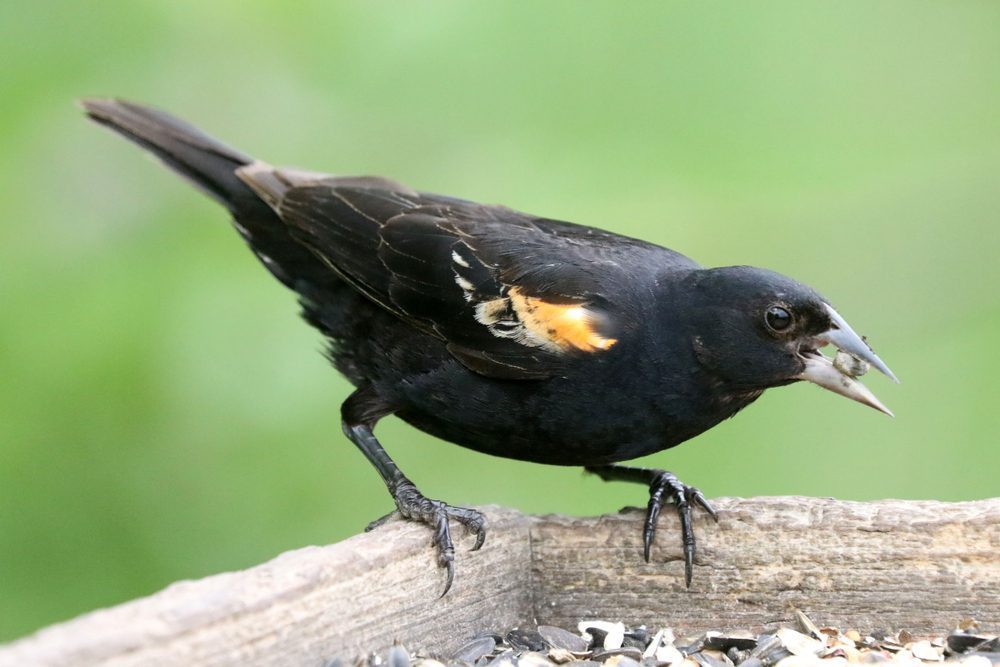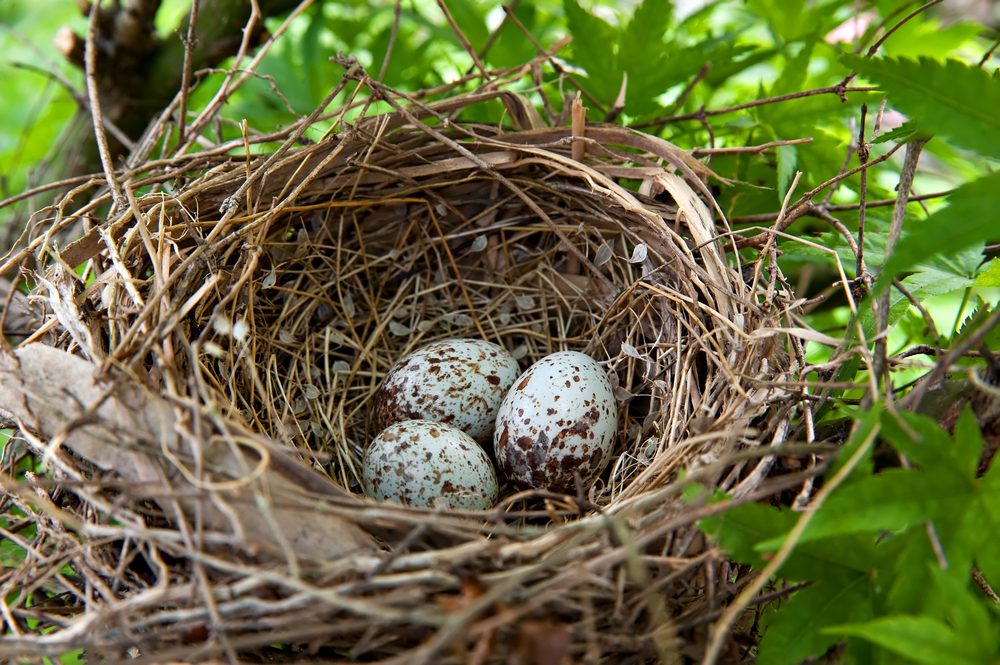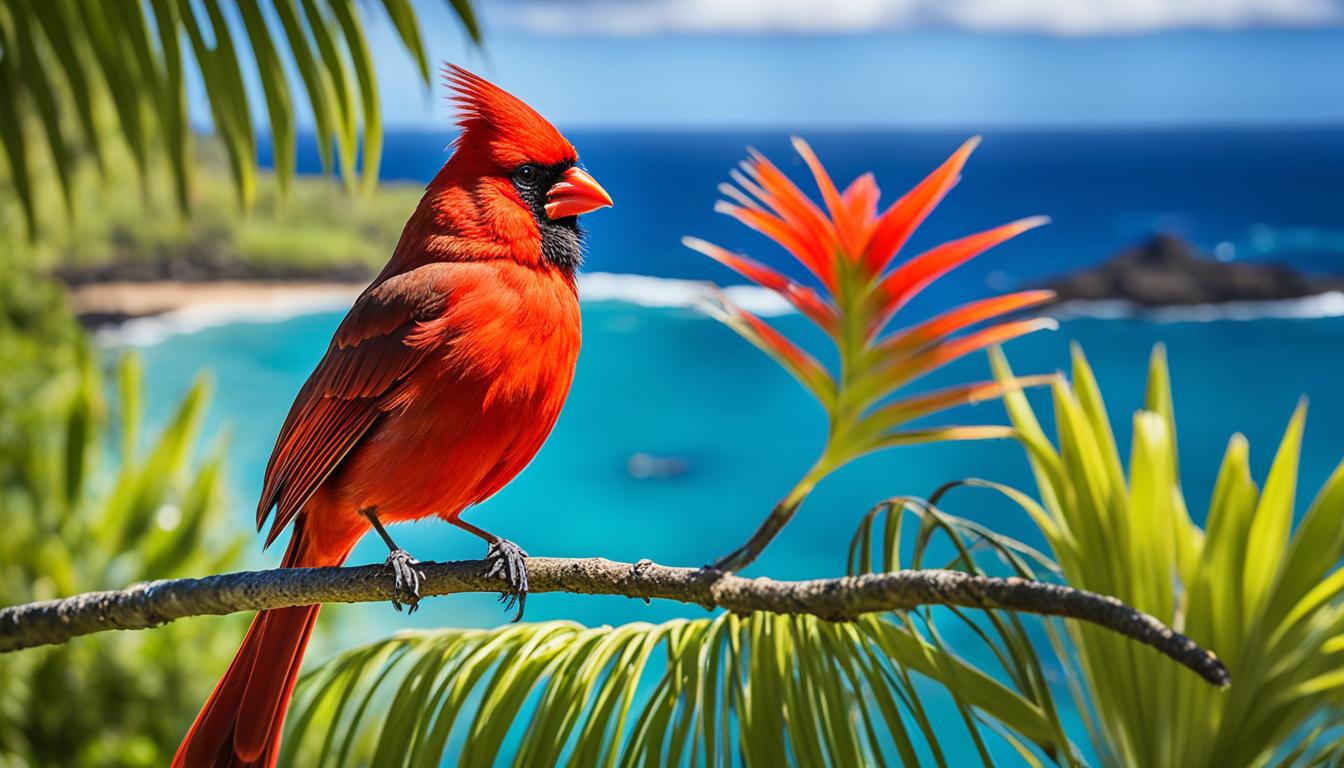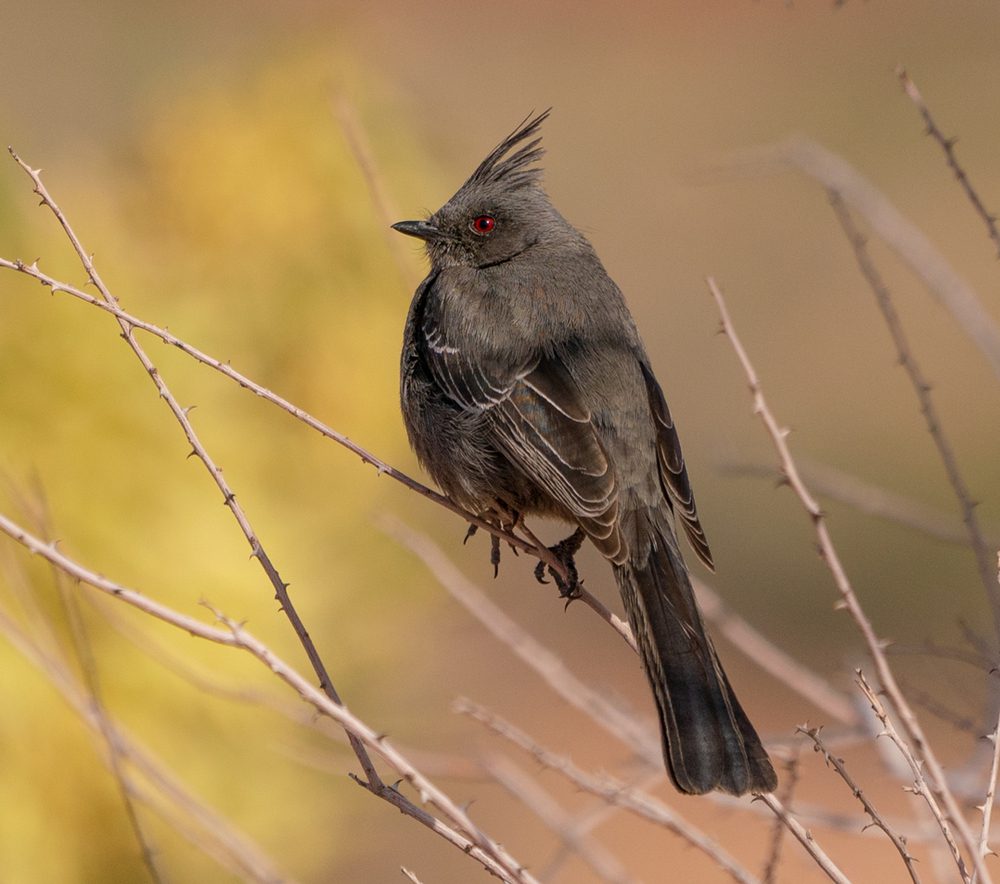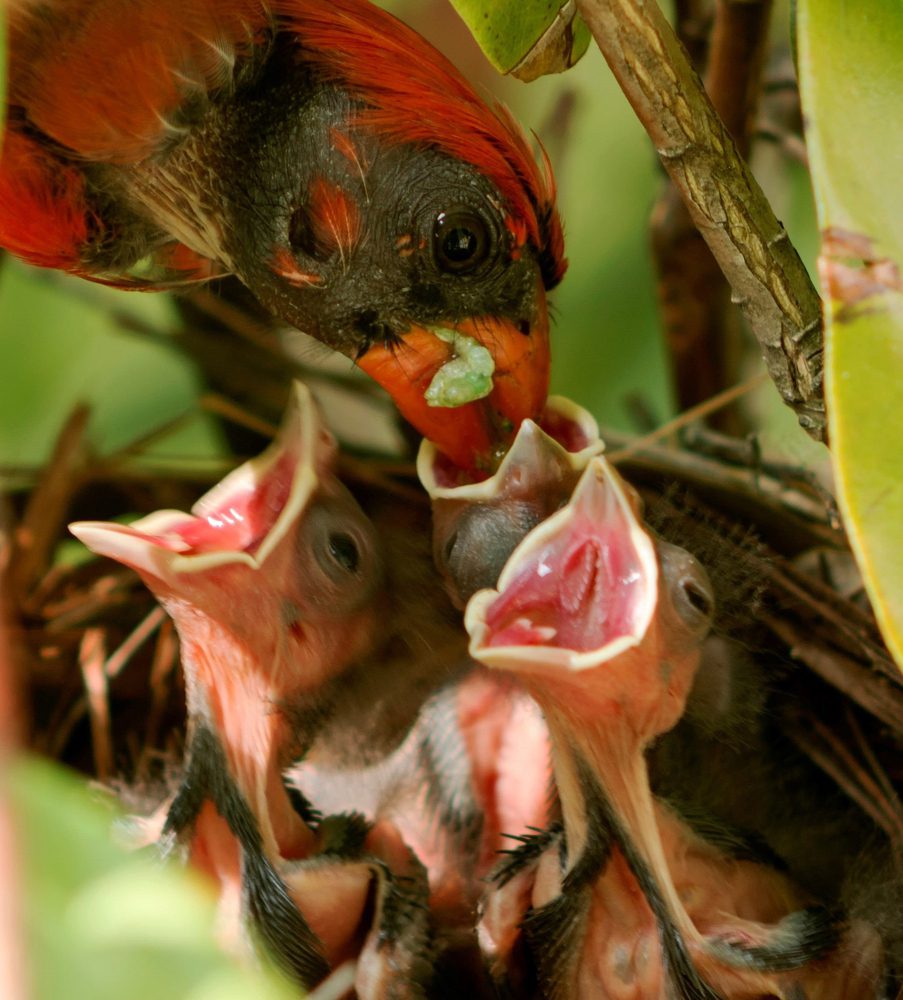Understanding Red-Winged Blackbird Diet provides insight into their biology and behavior. Their diverse diet shapes habitat preferences, migration patterns, and even social dynamics. As we explore the red-winged blackbird diet, we uncover the interconnected nature of these birds and their environment.
Symbolism of the Red-winged Blackbird
In many Native American tribes, the red-winged blackbird symbolizes communication. The red shoulder patches signal others with visual displays and their songs spread over vast wetlands. The black plumage blends into shadows, contrasting with the bright red markings in a way that captures attention.
The red-winged blackbird also heralds the changing seasons – arriving with the first signs of spring thaw and departing southward ahead of winter’s chill. Their movements across the skies follow the eternal cycle between light and darkness, warmth and cold.
Table of Contents
What Do Red-winged Blackbirds Eat in the Wild?

Red-winged blackbirds are omnivorous, feeding on a combination of insects, seeds, and grains. Their diverse diet shifts with seasonal availability, habitat, and life cycle requirements. By exploring how the components of their diet change throughout the year, we can better understand red-winged blackbird behavior and ecology.
Seasonal Diet Variations
During the summer breeding season, red-winged blackbirds feed primarily on insects – adding crucial protein for egg production and nestling growth. Come winter, they rely more heavily on seeds and grains to fuel themselves in harsher conditions.
Insects in the Diet
Beetles, dragonflies, grubs, spiders, and many other insects make up over 75% of the red-winged blackbird’s diet in summer. Caterpillars are fed extensively to nestlings. Wetland species, like damselflies, are snatched by birds waiting in marsh reeds.
Seeds and Grains in the Diet
Weed seeds, waste grain from agriculture, rice, millet, and other plants account for the majority of winter sustenance. Flocks descend on fields of grain and weed seeds, supplementing with protein-rich berries when available.
Winter Diet
In winter, starchy waste corn, wheat, rice, and weed seeds make up over 60% of food intake. Frozen insects become scarce, so red-winged blackbirds rely more on grains to survive cold periods.
Breeding Season Diet
Up to 90% of the summer diet is insects, spiders, and other invertebrates – vital for rearing nestlings. Caterpillars and dragonflies are fed to fledglings still learning to fly. Bright berries also supplement nutrients for nesting birds.
How Do Red-winged Blackbirds Find Food?

Red-winged blackbirds employ diverse foraging strategies to take advantage of seasonal nutrients. Their flexible feeding behaviors help them flourish across an array of North American ecosystems.
Foraging Behavior
Primarily ground foragers, redwings use their pointy bills to pluck insects and probe for seeds. During summer, they hawk flying insects, returning to perches to eat. Small flocks surround fields of grain, descending synchronously to feed in bursts.
Habitat Preferences
These birds thrive in habitats offering both insects and grains. Low, open wetlands surrounded by croplands provide ideal access to protein and starches. Territories are staked near insect-rich cattails or bulrushes within flight distance of seed sources.
Attracting Red-winged Blackbirds to Your Yard
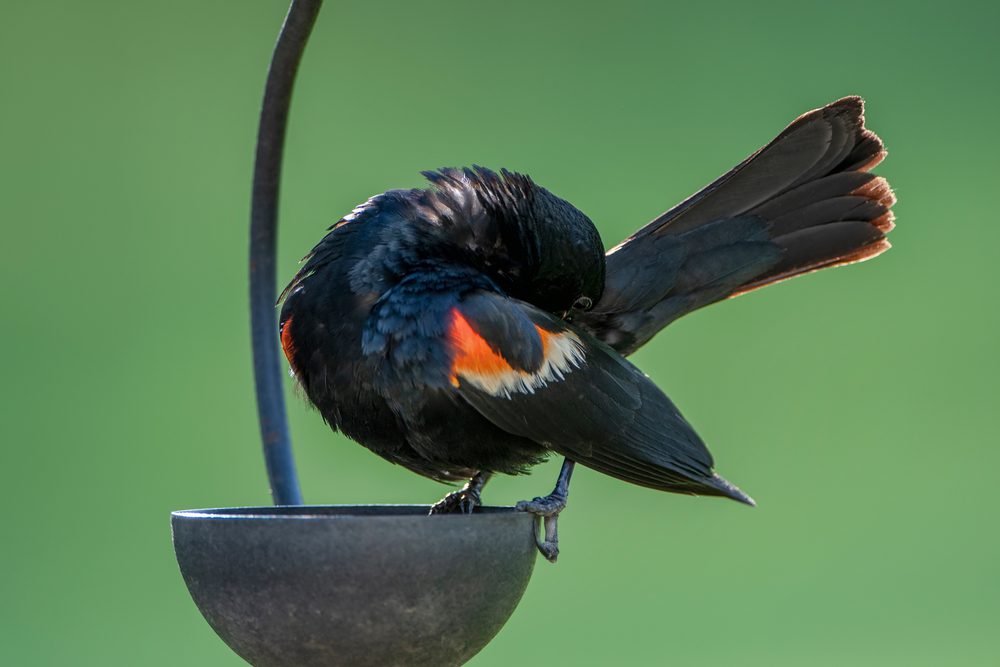
With some basic habitat management, you can invite these charismatic songbirds into your yard. Consider adding these red-winged blackbird preferences when landscaping
Suitable Food Offerings
Stock native plants with berries and seeds, like dogwoods, elderberries, and native millets. Leave some areas of soil exposed for dust baths and ground foraging. Offer suet and nectar mixes along with insects like mealworms.
Creating an Inviting Environment
Include both shrubs and open grassy areas and position feeders near trees or shrubs for quick escape. Add a small water feature if possible. Packed earth or sand can serve as dust baths to maintain feathers.
Frequently Asked Questions about Red-winged Blackbird Diet
Feeding Red-winged Blackbirds in Captivity
Captive red-winged blackbirds should be fed a varied diet including commercial bird pellets, sprouted seeds, vegetables, cooked eggs, and live insects. Cuttlebone, grit, and clean water should always be available. Consult an avian veterinarian for advice.
Hydration Needs of Red-winged Blackbirds
Red-winged blackbirds meet most hydration needs through their diet, but also drink water regularly when available. In dry conditions or high temperatures, they may visit water sources like bird baths or marshy areas daily. Access to open water is key.

